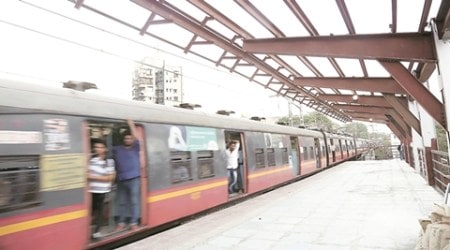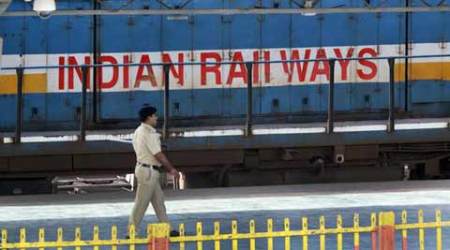 Minister of State for Railways Manoj Sinha. (File/Photo)
Minister of State for Railways Manoj Sinha. (File/Photo)
ONE YEAR after Minister of State for Railways Manoj Sinha directed that records on safety of railway tracks be shared with the Safety Directorate of the Railways, senior officials said they still did not possess these records, the absence of which was curtailing their ability to implement safety measures for possible rail fractures.
The details of the track management system (TMS) — a software that keeps a detailed record of the inspection of track and defects — are yet to be disclosed, according to the officials.
The software contains detailed information on the number of inspections undertaken, defects found, age of the track, maintenance schedule and every other detail pertaining to the railway tracks. The software is under the surveillance of civil engineers who disclose the details to officials when sought.
According to the minutes of a meeting chaired by Sinha last year, the minister had called for the TMS data to be shared. “The minister had expressed that the data of TMS is not confidential information and should be shared with the safety directorate,” it reads.
The officials said the lack of data was preventing the Central Railway (CR) from keeping a detailed record of the number of rail fractures witnessed. According to them, the data can give clarity on the steps to be taken to repair these fractures on the CR, which sees frequent track-related issues.
“At present, there is no transparency in reporting of fractures… Rail renewals are at a backlog and traffic blocks are not being made available. Unrestricted access of the data from TMS is thus a must,” said a senior railway official.
In CR, fleet supervisors who inspect the track keep a detailed record of the fractures and inspection details. While a number of fractures get reported, the Railways also witnesses cases of undetected fractures.
“For fractures that get detected, we are able to repair them before the trains passes over them. However, there exist cases where the fractures remain undetected. The technology in use to detect fractures thus fails to be of much use. We also face a lack of new rails to replace the old ones in time,” said another senior CR official who closely looks at track maintenance.
“Rail fractures in Mumbai division of CR are equally being caused due to trespassing. The movement of commuters on tracks loosens soil beneath the tracks. Regular inspections are under way to prevent such occurrences,” said Divisional Railway Manager, CR, Ravinder Goyal.
The CR witnessed at least five rail fractures in July, delaying services and causing bunching of trains.

